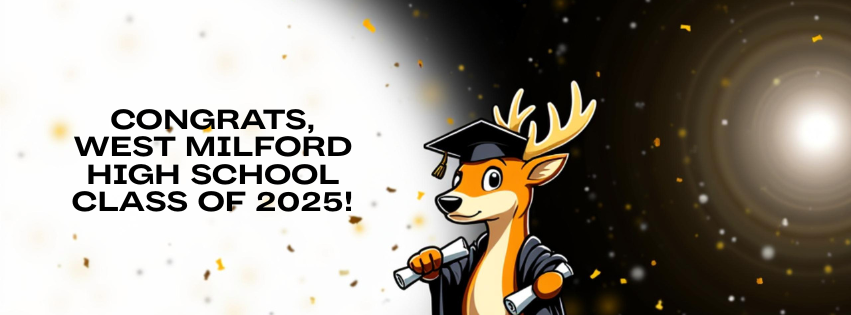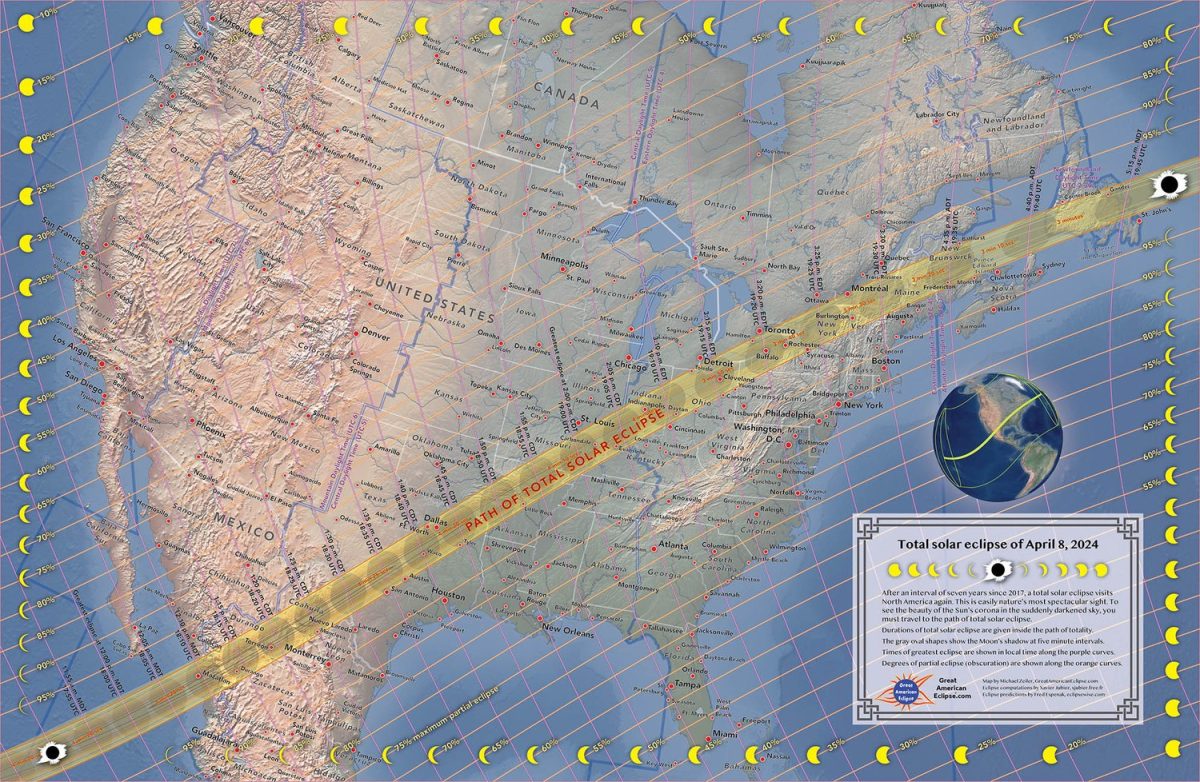The 2024 solar eclipse took place on Monday April 8, 2024. It was the first eclipse since 2017, when there was another solar eclipse with a much different path and much less totality. A solar eclipse occurs when the moon moves between the Earth and the sun, blocking some or all of the sun’s rays from reaching the Earth. The phenomenon is a cosmic event, requiring the sun, the moon, and the Earth to be in a precise alignment.
This particular eclipse most of America was able to see the full/majority of depending on where you were. The eclipse was a pretty cool and once in a lifetime experience if you were able to witness this event. The duration of the totality was up to 4 minutes and 27 seconds, almost double that of the solar eclipse of August 21, 2017.
There are rules to watching the eclipse and those rules should be taken seriously. Not staring into the sun during the eclipse is a big one. Most experts recommend using solar eclipse glasses, which have a special filter in them that blocks damaging UV rays. These glasses are different from sunglasses, as they block all light entirely except that coming from the sun. If you can’t get the glasses, try piercing a hole using a pin into a piece of paper. With your back to the sun, hold that paper above your shoulder so the sun’s rays can shine through that small hole. At the same time hold up another piece of paper in front of you to act like a screen to which the sun’s rays will be projected.
The 2017 total solar eclipse was witnessed by about 20 million people from Oregon to South Carolina. In the US, totality began in Texas at 1:27pm CDT and ended in Maine at around 3:35pm EDT. The map of the 2024 Solar Eclipse shows durations of totality, what time the eclipse was, the degree of partial eclipse outside the path of totality, and the major cities of North America. Here is a listing of all the states that were able to catch a glimpse of the eclipse at full entirety: Texas, Oklahoma, Arkansas, Missouri, Kentucky, Illinois, Indiana, Ohio, Pennsylvania, New York, Vermont, New Hampshire and Maine.
Here is more about the eclipse and the moon’s shadow that makes the eclipse a full totality for those in its path. The inner back circle, the umbra, is where the shadow is complete – a total eclipse of the sun. The outer shadow circle, the penumbra, shows the extent of the partial eclipse. The partial eclipse will be slight near the outer circle and deep near the path of totality. In a deep partial eclipse, the sky will cool and sunlight will take on an eerie quality for a certain amount of time and also will make the air much cooler than it was before.
The next partial solar eclipse which will be visible from the UK is due to take place on March 29, 2025, when 30% to 40% of the sun’s rays are expected to be blocked. On August 12, 2026, there will be a total solar eclipse which should be seen from the Arctic, Eastern Greenland, Iceland and northern Spain. The next solar eclipse for the US will take place on August 12, 2045, and totality will cross the entirety of the country, running from northern California to Florida. That event may be 21 years away, but it is suspected that it will stoke the same frenzy as this year’s eclipse.













